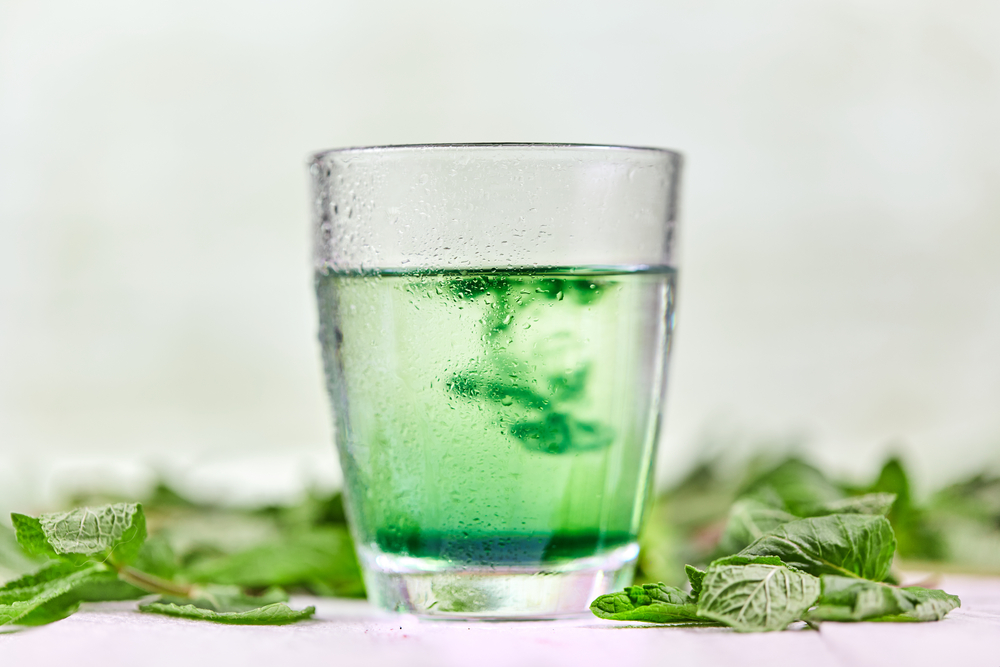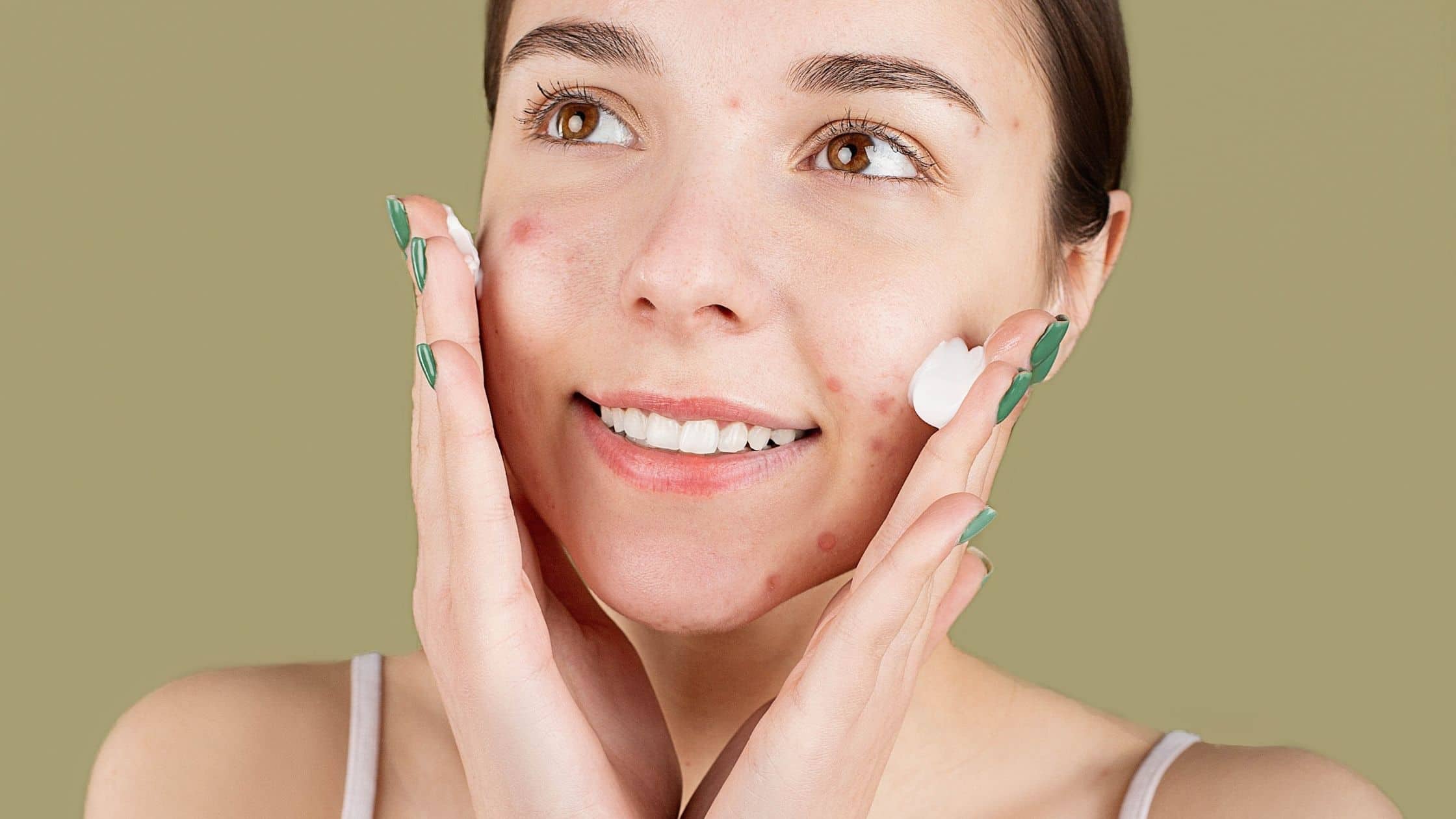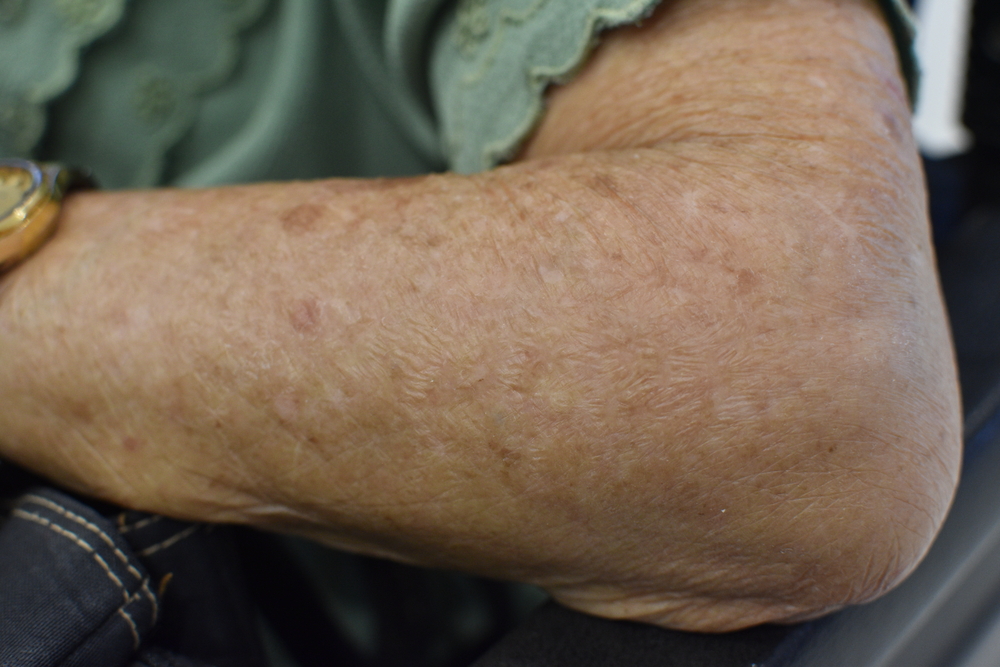- Wet wrap therapy can help moisturizers and topical steroids penetrate into skin that’s very dry or inflamed.
- There are a several ways to apply wet wrapping and ready-made garments that help simplify this process.
- Wet wrapping has been proven effective in treating dermatitis, eczema, and even psoriasis.
Eczema (atopic dermatitis) is a long-lasting condition with symptoms that vary from person to person. It may clear up for a time and then flare again periodically.
“Hydration is key to eczema treatment and prevention,” says Dr. Bobby Buka, a leading dermatologist in New York City. “A well-moisturized skin barrier is less susceptible to environmental allergens of all kinds and will help facilitate the recovery process.”
When eczema symptoms become severe, your healthcare provider may suggest wet wrap therapy to improve skin hydration.
What is wet wrap therapy?
With eczema, skin can become dry, itchy, scaly and develop red patches. It is a frustrating condition that affects the skin’s ability to protect the body. One simple way to deliver moisture is wet wrapping.
“Wet wrap therapy is a deep moisturizing or cortisone cream covered in wet gauze covered in dry gauze, slept in overnight,” Dr. Buka explains. “It helps emollients and medicated ointments penetrate deeper into the dermis for an improved, more rapid effect.”
Wet wrap therapy has probably been used in homes long before it became part of the scientific literature. It was first described by researchers in the late 1980s. It’s a straightforward technique, useful for children as well as adults, especially those with moderate to severe eczema. It helps cool and soothe eczema flare-ups, moisturize the skin, prevent involuntary scratching, and keep creams or ointments in place.
Although it can be used anywhere on the body, wet wrapping is most commonly used in areas that frequently develop eczema patches, like in elbow creases and the backs of knees, where skin rubs against skin.
You’re probably covered
When wet wrap therapy was first recommended by doctors as part of eczema care, it involved wrapping the affected body parts with rolls of gauze like a mummy. This painstaking method was both expensive and time-consuming.
As the technique became more popular, especially to control skin conditions in young children, companies began to develop ready-made garments. This significantly simplified the process as these garments were also specially designed to hold in moisture while fitting closely and comfortably to the skin.
There are now a variety of eczema wraps as well as full-body eczema rescue suits. These ready-made products are actually covered by Medicaid and many insurance companies as they are considered ‘durable medical equipment.’ Doctors can also write prescriptions for wet wrap supplies, so be sure to check with your health care provider if you wish to try it.
How it works
The wrap used for wet wrap therapy uses two layers of open-weave tubular bandages. The inner layer is soaked in water, wrung out and then placed on the skin over an emollient (a thick soothing cream) or a medicated ointment prescribed by a doctor. This inner layer is usually a specially made fabric wrap.
The outer layer is dry and is carefully applied over the wet layer, then covered with breathable clothing during the day or pajamas at night. Clothing worn at night should be made with breathable natural fibers like cotton, linen, silk or a new fabric made from wood pulp called lyocell.
Wet-dry wrap layers should be left on the skin between 2 and 8 hours. The wet wrap bandages should then be gently removed and cleaned thoroughly according to specific care instructions to make sure they’re pristine before the next use. Wet wraps are typically recommended in sets of up to 4 consecutive treatments to help get itchy and irritated skin under control.
In a literature review that looked at all the current studies on wet wrap therapy, it was found to be beneficial in the treatment of several dermatological conditions. This simple yet effective treatment can be very helpful for people suffering from sensitive skin conditions like dermatitis, eczema or even psoriasis.
A 2014 study in children showed that using wet wrap therapy actually reduced the need for topical steroids and significantly improved eczema symptoms like dryness, itchiness and restless sleep.
A medical professional should be consulted before using a steroid cream with wet wrapping — steroid creams are known to have a number of side effects, which could be increased under layers of dressings that allow the steroid molecules to penetrate more deeply into the skin.
Wet wrapping: how it’s applied
Wet wrapping can be effectively used in different ways. The ‘soak and seal’ method is most common. It can be incorporated into your nighttime routine to simplify your life or even used dry. Here we explain these different techniques so you can choose the approach that best suits your needs and lifestyle.
Apply after a ‘soak and seal’
To moisturize the body, take at least one bath or shower per day using warm water for 10-15 minutes.
Some soaps and skincare products can dry out the skin or may contain perfumes or chemicals that cause further irritation. Be sure to use gentle products like a calming body wash or a moisturizing, or hypoallergenic soap without scrubbing the skin, which is already fragile. This is the ‘soak’ portion of the wet wrapping process that entails applying hydration with water.
The ‘seal’ comes after gently patting the skin dry and immediately applying an emollient or recommended ointment like a topical steroid. Then wrap or cover with your ready-made garment.
As noted, medicated ointments should be used only as prescribed so that they work effectively with the fewest side effects. They may be added to your daily skincare routine for a short period of time to help control moderate to severe symptoms but are usually not continued long-term. These topical creams are powerful medicines and can have strong side effects — even in small amounts applied over time.
Night-time routine
Wet wrap therapy may not be practical for daytime use, so many people incorporate it at bedtime as part of their eczema treatment plan. With this option, the ‘soak and seal’ routine can be easily combined with the wet wrap treatment and left on overnight underneath pajamas.
A major plus is that the emollient or medication used can work on the skin overnight and the wet wraps will prevent involuntary nighttime itching. In the morning, wet wraps should be removed so the skin has time to breathe. If there are any signs of increased irritation, infection or other worrisome changes, wet wrap treatment should be immediately stopped and you should consult your doctor.
Dry wrap treatment
The same ready-made sleeves and garments made for wet wrap therapy can be applied wet or dry. Some people begin with wet wrap therapy and once symptoms are under control, they switch to dry wrap therapy, which still involves the ‘soak and seal’ but a moisturizer and not a medicated ointment is applied under a dry wrap layer.
The layer simply adds a barrier between the moisturizer and clothing, keeping it in place.
Wet wrapping: simple yet effective
The wet wrapping technique is simple and straightforward, and has been shown to help significantly with stubborn symptoms associated with many dermatological conditions — particularly eczema.
Wet wrap therapy is gaining more mainstream attention nowadays as it offers a possible solution to resolve symptoms, while reducing the use of topical steroid creams.
If you want to try wet wrapping, talk to your doctor to find out if it might be right for you and if your health care provider will cover the cost of supplies.
» For more advice on wet wrapping, meet our medical review team now.









